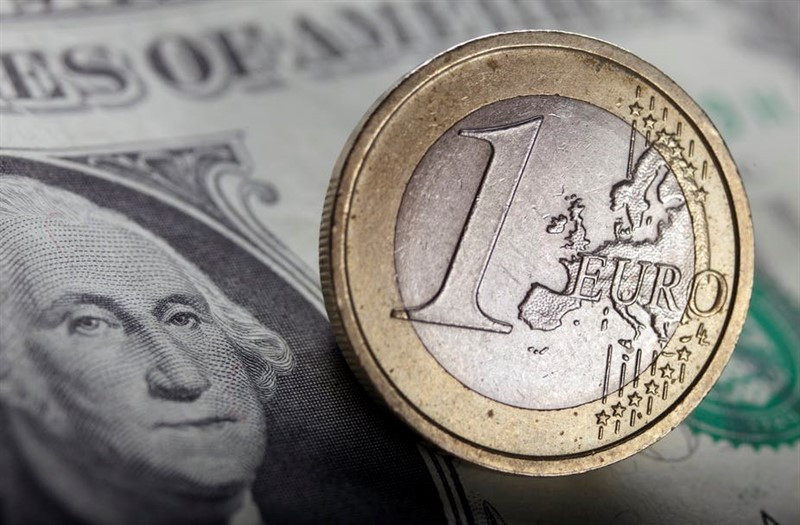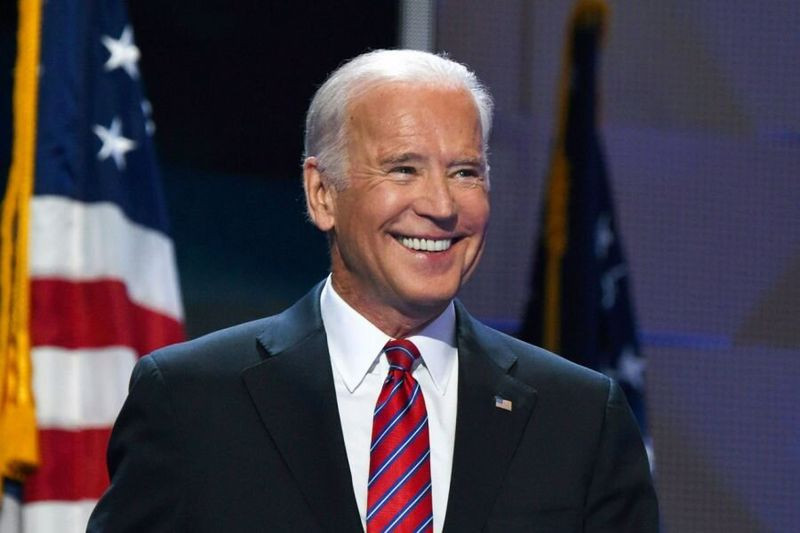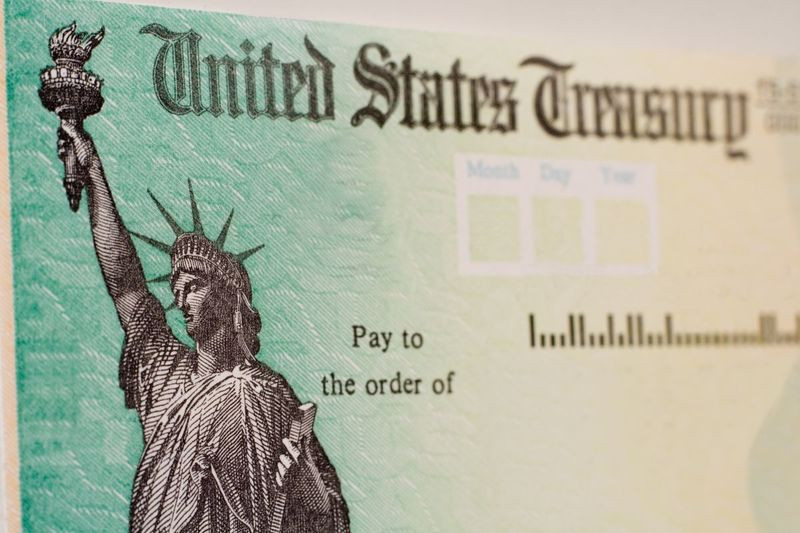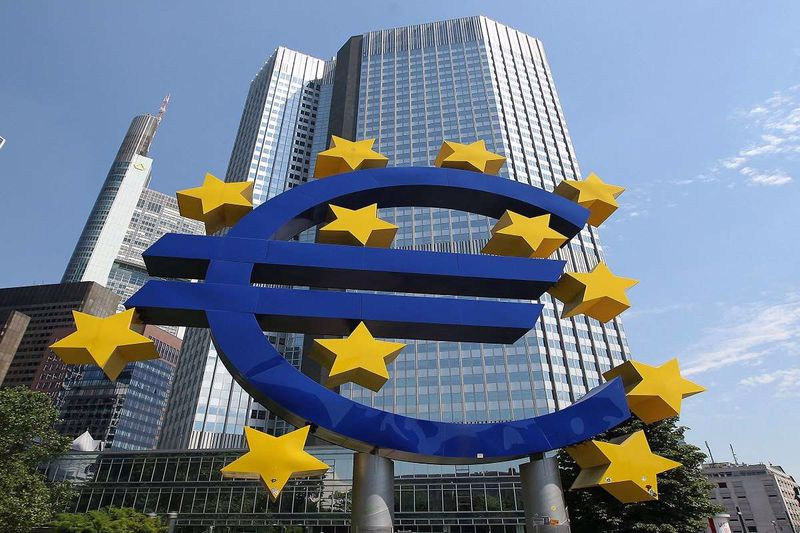
Until recently, buying USD was one of the most popular strategies in the foreign exchange market, but now investors are less confident in the prospects of the dollar, which caused sharp fluctuations in the greenback last week, despite the "hot" data on US inflation and the hawkish attitude of the Federal Reserve.
"On the eve of the new year, almost everyone was confident in the further strengthening of the dollar. But last week it fell in price against its main competitors by 1.2%, before ending the week with a 0.6% decline," Brandywine Global strategists said.
The USD drop occurred after Fed Chairman Jerome Powell said that the national economy is ready to start tightening monetary policy, and inflation in December showed the largest annual growth in the US in almost four decades.
Dollar bears say that the greenback's recent weakness is evidence that good news about the United States has already been taken into account in quotes after speculators came out of 2021 with a net long position in USD worth about $20 billion, which is close to the highest in two years.
Market participants were in no hurry to buy dollars, even when the long-term yield of US Treasury bonds reached two-year highs.
The fact is that many central banks are ready to screw up their money taps. Amid increasing talk about when the Fed will begin to reduce assets on its balance sheet, bond sales began to become widespread, as a result of which their yields went up.
On the eve of the yield of 10-year German bonds exceeded the zero mark for the first time since May 2019, picking up the baton from treasuries. The rise in yields in Europe can be regarded as a signal that investors are starting to put an earlier ECB rate hike in the price.
"The dynamics of the US currency may signal a regime change in which the dollar reaches a high and begins to reflect a reduction in the divergence between the United States and the rest of the world of relative economic growth and real profitability," Morgan Stanley reported.

Amundi US analysts believe that the greenback's appeal as a safe haven may weaken if COVID-19 becomes less deadly and investors worry less about the serious economic consequences of the pandemic.
"If we make this transition, suddenly the risks for USD growth will decrease. In this case, the dollar will lose its luster," they said.
It is assumed that with the prospects for global growth improving, investors will rush to look for undervalued assets outside the world's largest economy.
The US currency may come under great pressure if global stocks start attracting money from the United States, analysts at UBS Global Wealth Management say. They point out that the greenback was supported last year by strong capital inflows on Wall Street.
"International investors own a huge number of assets denominated in USD. We think that the dollar is vulnerable to a sudden reversal of capital flows," UBS Global Wealth Management noted.
Meanwhile, Amundi US strategists have a warning for those who want to switch to the bear's side on the US currency.
"The markets may not have fully taken into account the possible hawkish position of the Fed, including the potential that some investors see in raising the interest rate by 50 basis points already in March. We also do not exclude the possibility that the central bank may aggressively raise rates," they said.
Despite the weak start of 2022, the dollar should remain strong, which will be facilitated by a more aggressive position of the Fed, according to HSBC.
"Some people claim that the possible influence of the Fed was taken into account in the USD rate. We treat this thesis with caution. The reason is that the change in expectations of an increase in interest rates in the US for the dollar was less significant, but the level of rate increases in the future should continue to support the US currency," the bank's analysts said.

US President Joe Biden said yesterday that it is advisable for the Fed to reconsider monetary support in the light of rapid price growth and the pace of economic recovery in the country.
"Given the strength of our economy and recent price increases, this is appropriate. The most important task to ensure that higher prices do not take root lies with the Fed, which has a dual mandate: full employment and stable prices," the US president said.
Fed Chairman Jerome Powell, apparently, is aware of the degree of responsibility assigned to the central bank. Last week, he clearly hinted that the Fed's main task is not to stimulate the growth of the national economy and create new jobs, but to combat rising prices.
It is possible that the Fed may start acting much more aggressively than the market expects. However, according to experts, this will not only lead to a decrease in inflation rates, but will hit US economic growth.
"With his newfound belief that inflation is the main threat, the US central bank may go too far and lead the yield curve to inversion. Then it will only be a matter of time before we face another recession," Rabobank analysts said.
The main risk for the central bank is that it will not have time to raise the interest rate, catching up with rapidly rising prices. If inflation has largely subsided after the recession of 2007-2009, then since the spring of last year it has started to accelerate sharply again. The other extreme may be that the Fed will panic and overdo it, raising the rate faster than the current inflation rate requires, Grant Thornton analysts say.
Next week, the US central bank may signal how quickly it plans to tighten its policy.
More recently, the futures market estimated the probability of a March increase in the federal funds rate at 60%, and now it is almost certain of the inevitability of such a step. At the same time, there is talk of raising the rate immediately by 0.5% after the end of the asset repurchase program, or of raising the rate even before that moment.
Both seem unlikely, but concerns in this regard allow the greenback to stay afloat and limit the growth of the EUR/USD pair.
After a three-day rally, the USD index closed in the red zone on Wednesday, tracking a decline in the yield of 10-year treasuries to 1.182% from a two-year high of 1.902%.

On Thursday, the greenback managed to bounce back from local lows in the area of 95.40-95.45.
The next target of dollar bulls is 95.83 (weekly peak of January 18) on the way to 96.46 (the high since the beginning of the year, recorded on January 4).
On fears of tightening the Fed's monetary policy, the US currency may well rise to 98.00. This will correspond to the fall of the EUR/USD pair just below 1.1000.
If, in the end, market participants are disappointed by the Fed's willingness to force events, after a certain phase of growth, the dollar risks facing a deeper correction.
The EUR/USD pair broke a three-day decline streak and ended yesterday's trading in positive territory. On Thursday, it is trading in a fairly narrow range.
The data published today showed that inflation in the eurozone accelerated to the highest since 1991, amounting to 5%. In December alone, consumer prices in the currency bloc, according to the final estimate, increased by 0.4%.
Looking at the Fed, which is facing the highest inflation in the last 40 years and intends to raise its key rate from almost zero as early as March, some economists say that the ECB should also act soon.
"Zero and negative interest rates, respectively, are purely extraordinary measures. Given inflation above the target level and increased inflation risks, as well as a tense labor market and a narrowing of the output gap, the ECB has no reason to keep rates at such a low level," Bantleon Bank strategists believe.
"It would be better for the ECB to start changing its ultra-soft monetary policy in small steps as soon as possible. If the central bank waits too long, it risks being forced to put on the brakes and eventually face a recession," they added.
However, the ECB is resisting calls to tighten monetary policy, holding the view that price pressure will ease this year.
"In 2022, prices should stabilize and begin to gradually decline. It is expected that inflation in 2022 will be about 3.2%. We have no reason to follow the same pattern as the Fed," ECB President Christine Lagarde said today.

Most analysts interviewed recently by Reuters expect that interest rates in the eurozone will remain stable during this year.
ECB board member Isabel Schnabel believes that an increase in interest rates in the eurozone, in particular, will not lead to a decrease in rising energy prices.
Rabobank analysts hold a similar point of view.
"Monetary policy has little to do with inflationary shocks on the supply side, such as supply chain disruptions, energy shortages and global food prices. After all, ECB policy cannot create semiconductors, natural gas or food," they said.
Westpac strategists do not believe in the potential for sustained growth of the EUR/USD pair in the face of a huge political gap between the ECB and the Fed. In this regard, they prefer to sell the pair on growth to 1.1500, if such happens.
"The impressive gap in the rates of the ECB and the Fed is unlikely to allow the EUR/USD pair to develop a steady strengthening. If the euro manages to rise to $1.15, this will be a convenient opportunity to sell. We expect that in the first half of 2022, the EUR/USD pair will keep the rate at 1.1000," they noted.
Nordea analysts believe that this year the Fed will respond to rampant inflation in the United States with four rounds of key rate hikes and four more in 2023. They also predict an increase in the long-term profitability of treasuries and a decline in the EUR/USD pair this year.
"The Fed will raise rates four times this year and next, and will also decide to start reducing the size of the balance sheet this summer. The ECB will stop buying bonds in the first half of 2023 and raise rates towards the end of next year. At the end of this year, the EUR/USD pair will find a "low" in the region of 1.0800, from where it will recover sharply in 2023. The yield of 10-year treasuries will grow to 3% by the end of next year, but the bulk of this increase will probably be this year," Nordea reported.
Despite the recent fluctuation of the dollar, the spread between the yield of 10-year US and German government bonds is about 185 basis points, which is about as favorable for the greenback as it was a few months ago.
After a modest recovery on Wednesday, the EUR/USD pair switched to consolidation mode on Thursday.
The RSI index, which remains below the 50 mark, indicates a lack of bullish momentum.
If bulls manage to turn the 1.1350 level into support, they can aim for 1.1380 and 1.1400.
The key support is around 1.1300. Its breakdown promises the pair additional losses and a decline in the direction of 1.1260 and 1.1220.
 English
English 
 Русский
Русский Bahasa Indonesia
Bahasa Indonesia Bahasa Malay
Bahasa Malay ไทย
ไทย Español
Español Deutsch
Deutsch Български
Български Français
Français Tiếng Việt
Tiếng Việt 中文
中文 বাংলা
বাংলা हिन्दी
हिन्दी Čeština
Čeština Українська
Українська Română
Română

